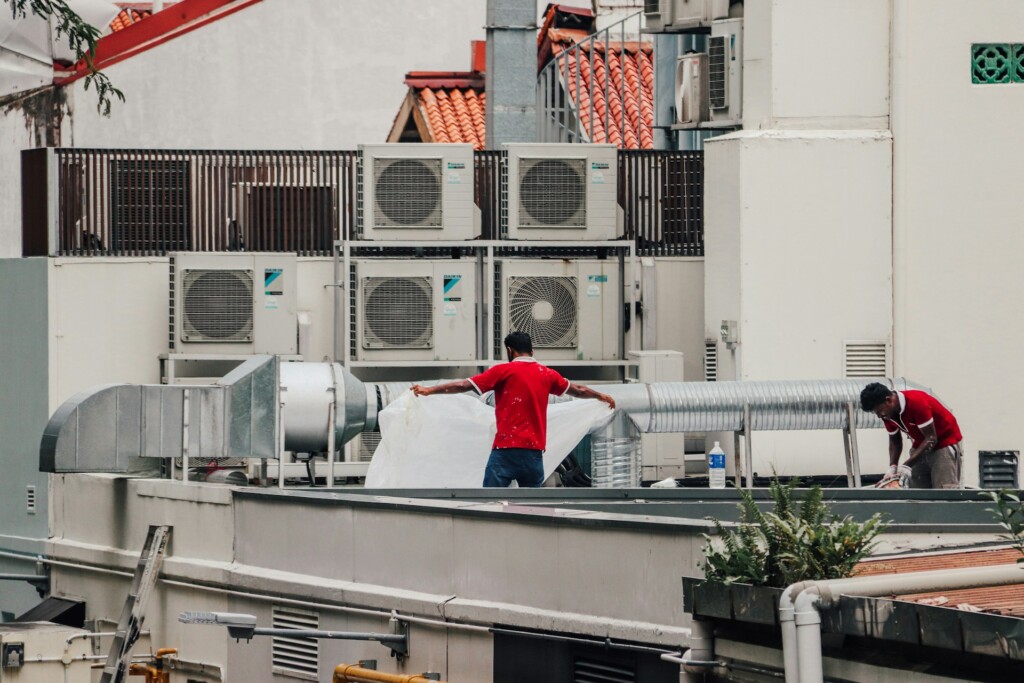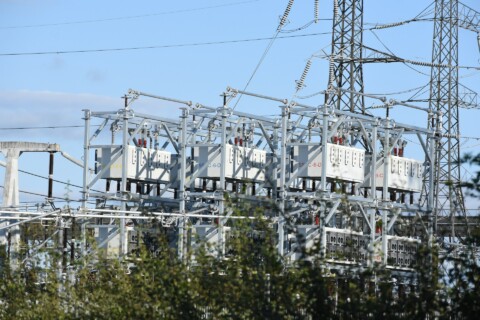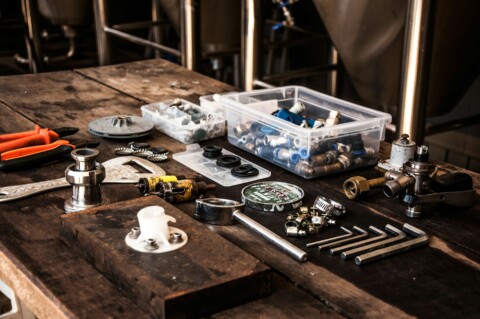In the modern home or office, a well-functioning HVAC (Heating, Ventilation, and Air Conditioning) system is essential for maintaining comfort and efficiency. However, like any other complex system, HVAC units can encounter a variety of issues that can disrupt their functionality.
This blog aims to offer an authoritative guide on common HVAC problems and how to fix them. Whether you are a homeowner seeking common repairs or a business professional managing multiple units, this post will provide valuable insights into troubleshooting HVAC issues.
Expect to learn about frequent system malfunctions, practical repair tips, and strategies for maintaining your HVAC system in optimal condition.
Inconsistent Airflow
Inconsistent airflow is a prevalent issue that can significantly impact indoor comfort, often stemming from a variety of causes.
Key contributors to this problem include clogged air filters, blocked vents, and ductwork issues. Specifically, air filters tend to accumulate dust and debris over time, obstructing the free flow of air. Additionally, furniture or other objects placed in front of vents can restrict airflow, exacerbating the problem.
To address these issues effectively, regular maintenance is essential. Here are some key steps to mitigate inconsistent airflow:
- Replace Air Filters: Change air filters every 1-3 months, depending on usage and environmental conditions.
- Ensure Open and Unobstructed Vents: Make certain that all vents are fully open and free from obstructions.
- Inspect Ductwork: Check for leaks or blockages in the duct system; professional duct cleaning services can be particularly beneficial.
If these basic DIY fixes do not resolve the issue, it may be necessary to consult an HVAC technician. Advanced diagnostic tools can pinpoint problems within the system that are not easily visible.
For example, issues with the blower motor or fan could be causing inconsistent airflow, and these components require specialized tools and expertise for common repairs.
Unusual Noises
HVAC system malfunctions like unusual noises often serve as critical indicators of underlying issues requiring prompt attention. Identifying the sources of these noises can be paramount for maintaining system integrity and efficiency. Common auditory signals include:
- Rattling: Often resulting from loose parts or external debris within the system.
- Whistling: Typically indicative of air leaks or issues with ductwork.
- Grinding: Frequently caused by worn-out belts or failing motor bearings.
To address these noises, a series of preliminary checks can be conducted:
- Tighten Loose Components: Inspect and secure any loose screws or bolts.
- Remove Foreign Objects: Ensure no debris is obstructing the components.
- Lubricate Moving Parts: Following manufacturer guidelines, apply lubrication to reduce friction and noise.
Should these interventions fail to resolve the issue, it is advisable to contact a licensed HVAC technician. A professional can perform an exhaustive inspection, potentially replacing worn-out parts or adjusting system settings to restore optimal functionality and silence the operational noise.
Refrigerant Leaks
Refrigerant leaks present a significant challenge to the operational integrity and efficiency of HVAC systems. As refrigerant is crucial for cooling functions, any leak can precipitate a marked decline in system performance. Recognizing the symptoms of a refrigerant leak is imperative for prompt action. These symptoms include:
- Ice Formation: Presence of ice on the evaporator coils.
- Audible Cues: Hissing sounds emanating from the unit.
- Performance Degradation: A noticeable decline in cooling efficiency.
Addressing refrigerant leaks necessitates professional intervention due to the hazardous chemicals involved. A certified technician will employ specialized equipment to accurately pinpoint and seal the leak. To mitigate the risk of future leaks, it is advisable to adhere to the following preventative measures:
- Regular Maintenance: Schedule annual inspections with a certified HVAC professional.
- Proper Installation: Ensure the system is installed correctly from the outset.
- Vigilant Monitoring: Consistently monitor the system for early signs of wear and tear.
By taking these steps with DIY fixes, businesses can ensure their HVAC systems operate efficiently, maintaining optimal performance and reducing unnecessary energy expenditures.
Thermostat Malfunctions
A malfunctioning thermostat or system malfunctions can significantly disrupt the efficiency of your HVAC system. Common symptoms of thermostat issues include incorrect temperature readings, unresponsive controls, and frequent cycling on and off. These problems often arise from:
- Wiring problems
- Dead batteries
- Outdated software
To diagnose and address these issues, begin with basic troubleshooting:
- Check thermostat settings: Ensure it is set to the correct mode, whether heating or cooling.
- Replace batteries: If necessary, replace old batteries with new ones.
- Clean the unit: Remove any dust that might be affecting the sensors.
- Reset to factory settings: This can sometimes resolve software-related issues.
Should these initial steps for common repairs not resolve the problem, consider advanced solutions such as upgrading to a programmable or smart thermostat. These advanced models provide improved accuracy and additional features, including remote control and detailed energy usage reports.
Water Leaks
Water leaks in an HVAC system can lead to significant damage if left unchecked. Common causes include clogged condensate drains, broken drain lines, and faulty condensate pumps. Signs of water leaks encompass:
- Puddles around the unit
- Unusual humidity levels indoors
Immediate action is crucial to prevent further damage. First, turn off the HVAC system. Then, check the condensate drain for blockages and clear any debris causing the water to back up. Inspect the drain line for cracks or holes and replace it if necessary.
Persistent water leaks require professional attention. An HVAC technician can diagnose the cause of the leak and perform the requisite common repairs, which may involve:
- Fixing or replacing the condensate pump
- Repairing damaged pipes
- Clearing stubborn blockages
Addressing water leaks promptly ensures the longevity and efficiency of your HVAC system, safeguarding your property from potential water damage.
For those ready to delve deeper into HVAC troubleshooting, click here to explore more resources and tools designed to enhance your understanding and skills.
Electrical Issues
Electrical issues are among the most hazardous problems an HVAC system can encounter. Symptoms include tripped circuit breakers, flickering lights, and a complete loss of power. These issues often arise from faulty wiring, overloaded circuits, or defective components.
While some basic checks can be performed to identify and possibly resolve minor issues, it is crucial to exercise caution due to the inherent dangers of electrical work. Here are the essential steps to follow:
- Check the Circuit Breaker: Inspect and reset the circuit breaker if necessary.
- Inspect the Fuse Box: Look for blown fuses and replace them as needed.
- Verify Thermostat Functionality: Ensure the thermostat is receiving power and is functioning correctly.
If these preliminary checks do not resolve the problem, it is imperative to contact a licensed electrician or HVAC technician. They possess the expertise to safely diagnose and repair the electrical components, ensuring the system operates safely and efficiently.
Conclusion
Understanding common HVAC problems and how to fix them is crucial for maintaining a comfortable and efficient living or working environment.
From inconsistent airflow and unusual noises to refrigerant leaks and electrical issues, each problem requires specific troubleshooting steps and solutions. Regular maintenance and timely professional intervention can prevent these HVAC issues from escalating, saving you time and money in the long run.
Embrace the evolution of HVAC technology and stay competitive by keeping your systems in top-notch condition. Remember, a well-maintained HVAC system is not just a luxury but a necessity for optimal comfort and efficiency.






